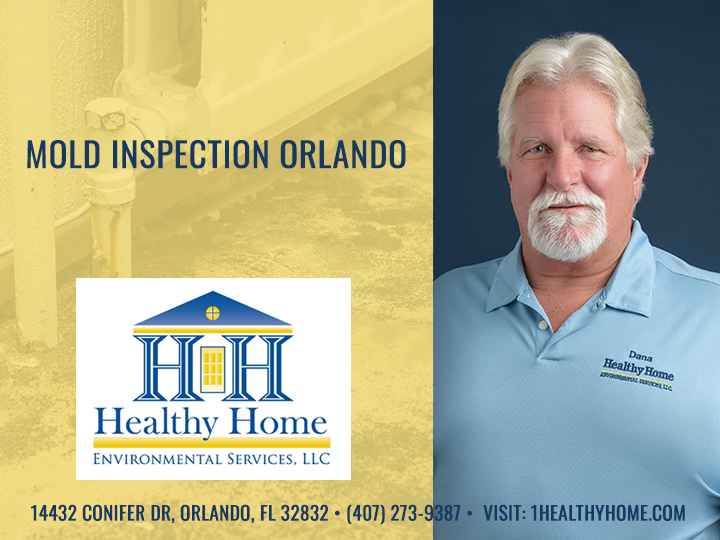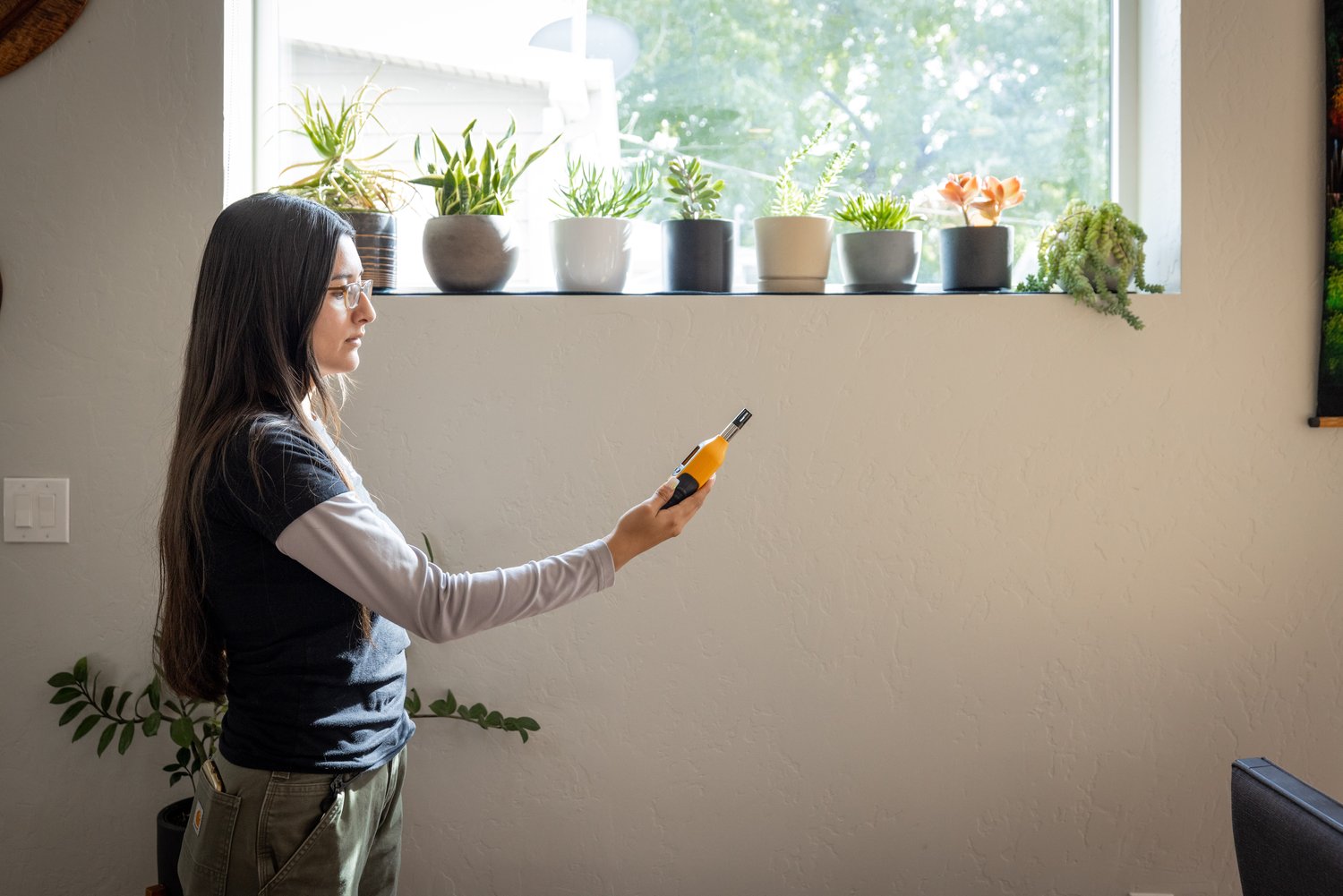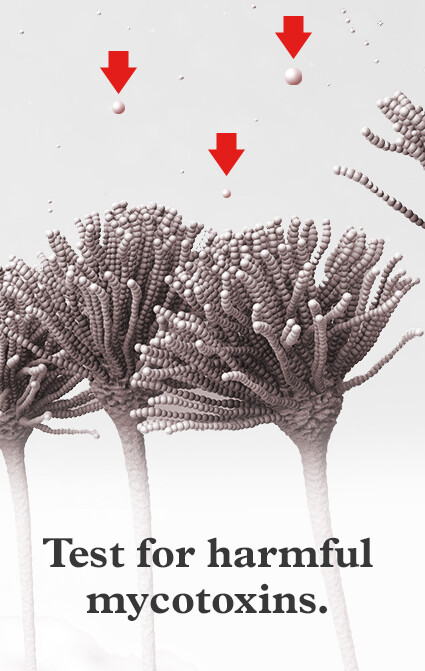How Mycotoxin Screening Assists Prevent Contamination and Secure Food Materials

Mycotoxin testing is an essential technique in the food industry, working as a frontline protection against contamination by dangerous toxic substances created by mold and mildews. Via the application of advanced methods like High-Performance Fluid Chromatography (HPLC) and Liquid Chromatography-Mass Spectrometry (LC-MS), food producers can precisely evaluate and identify mycotoxin levels in agricultural items. This proactive method not only guarantees compliance with rigid safety and security guidelines but additionally minimizes health and wellness risks to customers. Moreover, normal testing fortifies brand name online reputation and financial health and wellness by minimizing contamination-related occurrences. Just how precisely do these screening procedures incorporate into the more comprehensive food security technique?
Comprehending Mycotoxins
Comprehending mycotoxins starts with recognizing that they are harmful second metabolites generated by particular mold and mildews, which can pollute agricultural products. These metabolites are not necessary for the development or reproduction of the fungi but can have severe ramifications for animal and human health. Mycotoxins are typically found in staple crops such as corn, wheat, barley, and nuts, where they can proliferate under details conditions of moisture and temperature level.
There are numerous types of mycotoxins, each generated by different fungal types. Aflatoxins, created by Aspergillus types, are among one of the most well-known, recognized for their cancer causing homes. An additional considerable group consists of ochratoxins, produced by Aspergillus and Penicillium species, which have nephrotoxic impacts. Fusarium species generate fumonisins and trichothecenes, both of which are connected with various severe and chronic health and wellness problems.

Threats of Mycotoxin Contamination
The risks of mycotoxin contamination are diverse, posturing considerable threats to both food safety and public health and wellness. Mycotoxins, harmful compounds generated by certain kinds of fungi, can infect a broad array of agricultural items including cereals, nuts, flavors, dried fruits, and coffee.
Economic impacts are an additional major concern. Polluted crops can cause considerable financial losses for farmers and food manufacturers because of minimized returns and the requirement for costly purification measures. Moreover, global trade can be dramatically impeded as nations apply stringent mycotoxin policies to secure their populaces, causing declined shipments and strained trade relationships.
Environmental aspects such as environment modification intensify the danger of mycotoxin contamination. Variants in temperature level and humidity can produce beneficial problems for fungal growth, increasing the chance of contamination events. Therefore, understanding and minimizing these risks are crucial for guaranteeing the safety and honesty of worldwide food supplies.
Approaches of Mycotoxin Evaluating
Properly identifying mycotoxin contamination in agricultural products is crucial for guarding public health and preserving food safety criteria. Different approaches are employed to spot and quantify mycotoxins, each offering particular advantages and limitations.
High-Performance Fluid Chromatography (HPLC) is an extensively made use of method because of its high level of sensitivity and precision. It entails dividing mycotoxins from other substances in an example, allowing precise metrology. Liquid Chromatography-Mass Spectrometry (LC-MS) integrates fluid chromatography with mass spectrometry to supply detailed molecular info, making it particularly useful for determining multiple mycotoxins all at once.

Gas Chromatography-Mass Spectrometry (GC-MS) and Thin-Layer Chromatography (TLC) are likewise employed, each with distinct applications. GC-MS works for volatile mycotoxins, while TLC offers an easier, affordable choice for preliminary screening.
Advantages of Normal Checking
Normal testing for mycotoxins in farming items offers countless advantages, significantly adding to public wellness and food security. By determining contamination early, routine testing aids stop the circulation of toxic foods, consequently minimizing the threat of mycotoxin-related diseases amongst customers. This aggressive strategy not only safeguards human health and wellness however additionally improves the total top quality of food materials.
Consistent testing likewise supports regulatory conformity. Different countries and regions have actually established rigid restrictions for mycotoxin levels in food and feed. Abiding by these limitations through regular testing guarantees that suppliers and producers fulfill lawful standards, consequently staying clear of charges and trade barriers. In addition, maintaining compliance fosters customer depend on and brand name track record, which are critical for market success.
In addition, regular mycotoxin screening can lead to significant economic benefits. Early discovery of contamination enables timely intervention, minimizing potential losses from prevalent contamination. Applying normal screening methods can likewise minimize recall prices and related liabilities, which can be economically devastating.
Moreover, regular screening supplies important data that can inform much better agricultural techniques and storage conditions. By understanding patterns of contamination, producers can adopt precautionary measures, therefore adding and lowering future dangers to the sustainability of the food supply chain.
Implementing Evaluating Methods
Applying reliable mycotoxin screening procedures is vital for making sure the security and top quality of agricultural products. Each phase should be inspected to determine where mycotoxin contamination is most likely to happen.
When vital control points are determined, selecting ideal testing approaches is important. Common techniques consist of enzyme-linked immunosorbent assay (ELISA), high-performance liquid chromatography (HPLC), and mass spectrometry (MS) Each technique has its weak points and toughness; hence, selecting the proper one relies on the specific mycotoxin being evaluated, the called for level of sensitivity, and readily available resources.

Finally, incorporating the screening methods into a detailed food safety and security monitoring system is a good idea. This improves traceability and enables quick rehabilitative activities when contamination is discovered, thereby guarding the stability of the food supply why not try here chain.
Verdict
Mycotoxin testing is important in preventing contamination and protecting food supplies by making it possible for very early detection of dangerous contaminants produced by molds in agricultural items. Advanced methods such as HPLC and LC-MS ensure conformity with safety and security regulations and protect consumers from health and wellness dangers. Routine testing boosts brand name reputation, economic security, and rely on food safety and security by reducing contamination-related losses and keeping high standards in food production. Implementing strenuous testing protocols is hence important for the market's general well-being.
Mycotoxin screening is a vital practice in the food sector, serving as a frontline defense versus contamination by unsafe contaminants generated by mold and mildews. An incorporated technique including farming practices, storage administration, and routine screening can alleviate the threats associated with mycotoxin contamination, making certain food security and public wellness.
The dangers of mycotoxin contamination are multifaceted, presenting significant threats to both food safety and security and public wellness.Regular testing for mycotoxins in agricultural items provides many advantages, considerably adding to public health and wellness Bonuses and food safety and security.Mycotoxin testing is necessary in preventing contamination and safeguarding food supplies by making it possible for early detection of harmful contaminants produced by mold and mildews in farming items.
Comments on “Enhance Your Safety Protocols with Expert Mycotoxin testing Services”